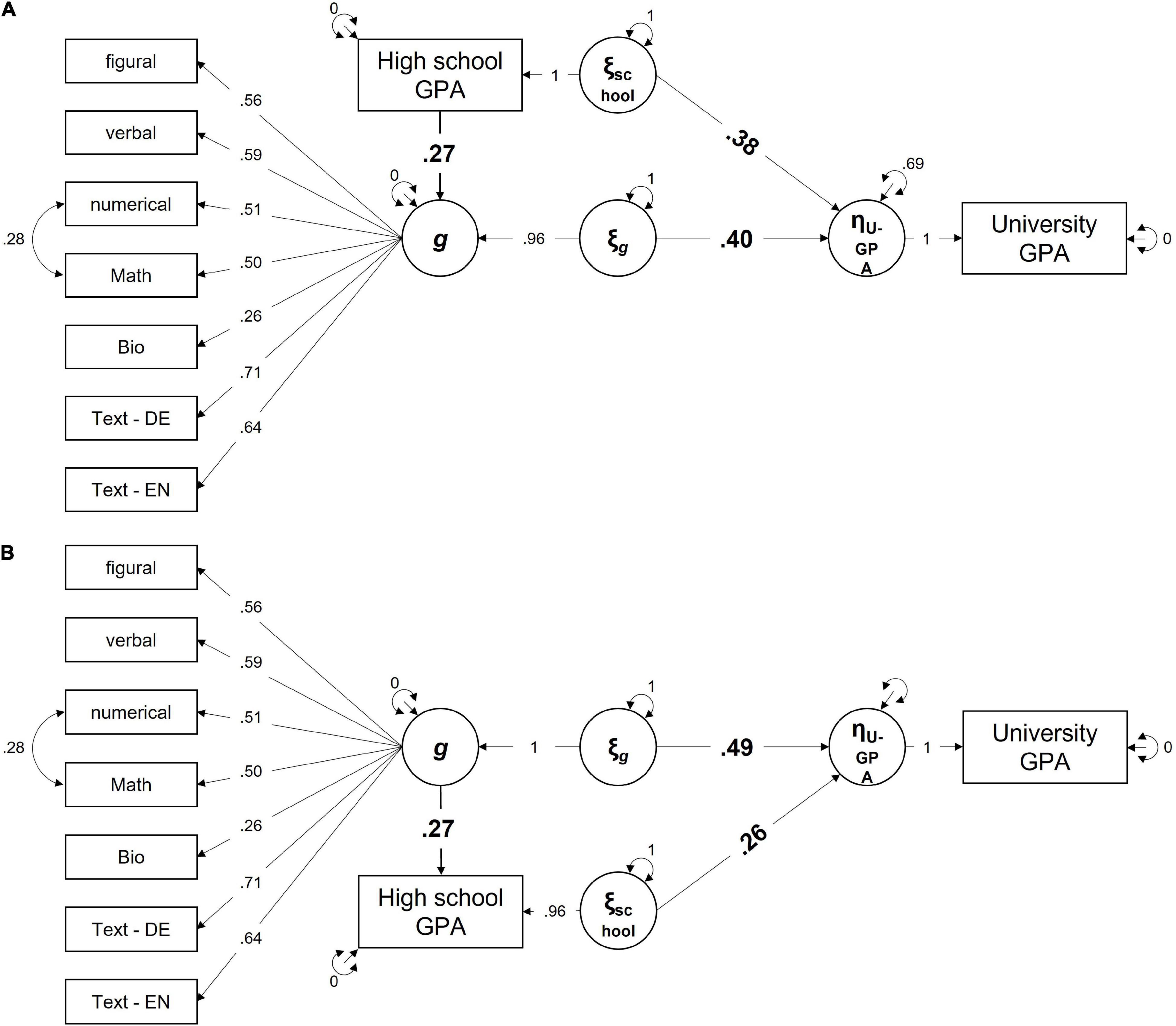Meta-Analysis of the Predictive Validity of Scholastic Aptitude Test (SAT) and American College Testing (ACT) Scores for College GPA
Por um escritor misterioso
Descrição
The college admission systems of the United States require the Scholastic Aptitude Test (SAT) and American College Testing (ACT) examinations. Although, some resources suggest that SAT and ACT scores give some meaningful information about academic success, others disagree. The objective of this study was to determine whether there is significant predictive validity of SAT and ACT exams for college success. This study examined the effectiveness of SAT and ACT scores for predicting college students’ first year GPA scores with a meta-analytic approach. Most of the studies were retrieved from Academic Search Complete and ERIC databases, published between 1990 and 2016. In total, 60 effect sizes were obtained from 48 studies. The average correlation between test score and college GPA was 0.36 (95% confidence interval: .32, .39) using a random effects model. There was a significant positive relationship between exam score and college success. Moderators examined were publication status and exam type with no effect found for publication status. A significant effect of exam type was found, with a slightly higher average correlation for SAT compared to ACT score and college GPA. No publication bias was found in the study.

A meta-analysis on the predictive validity of English language

Moderated Regression of Cumulative College GPA on Noncognitive

Full article: How to improve the predictive validity of a

SAT - Wikipedia

The Use of Discriminant Function Analysis to Predict Student

Why Did Students Report Lower Test Anxiety during the COVID-19

PDF) Differential validity, differential prediction, and college

The SAT and Racial/Ethnic Differences in Cognitive Ability – Human

J. Intell., Free Full-Text

The Use of Discriminant Function Analysis to Predict Student

PDF) High School GPAs and ACT Scores as Predictors of College

Standardized Tests as Predictors of Successin Health Professions

Vertical Articulation of Cut Scores Across the Grades: Current

Frontiers Development and Initial Validation of an Admission
de
por adulto (o preço varia de acordo com o tamanho do grupo)




:strip_icc()/kasa-indoor-pantilt-smart-security-camera-263a1f98c363466f9e940f11a0492640.jpg)

